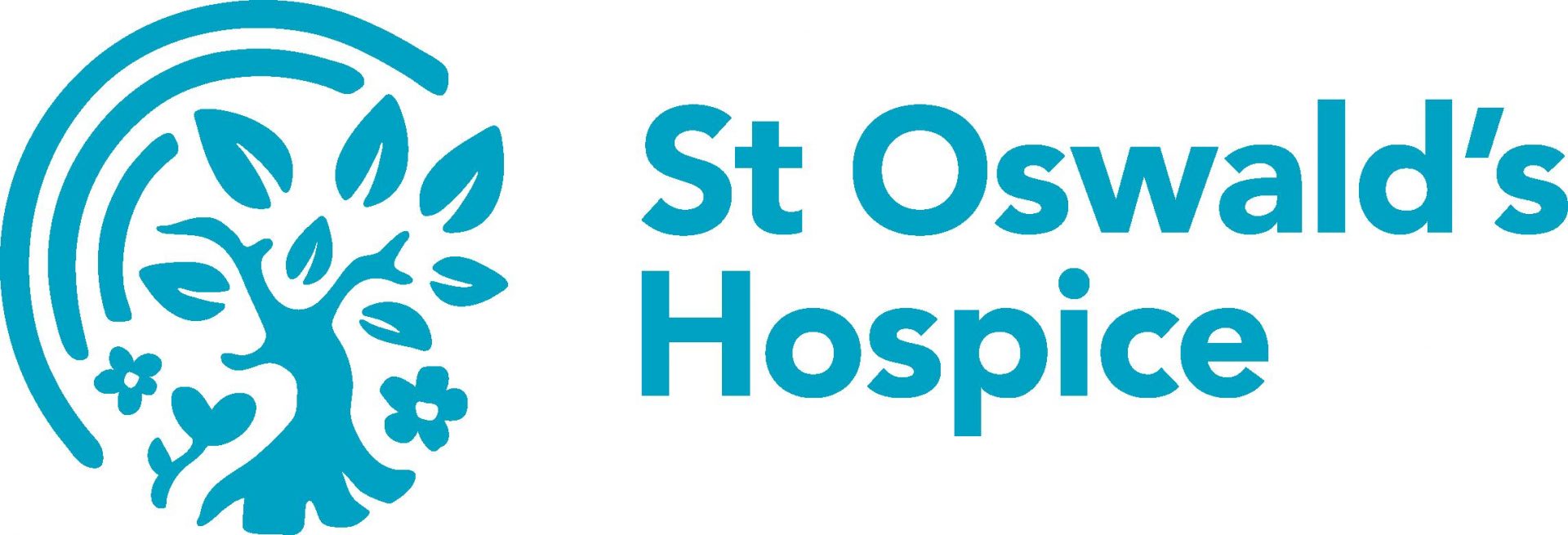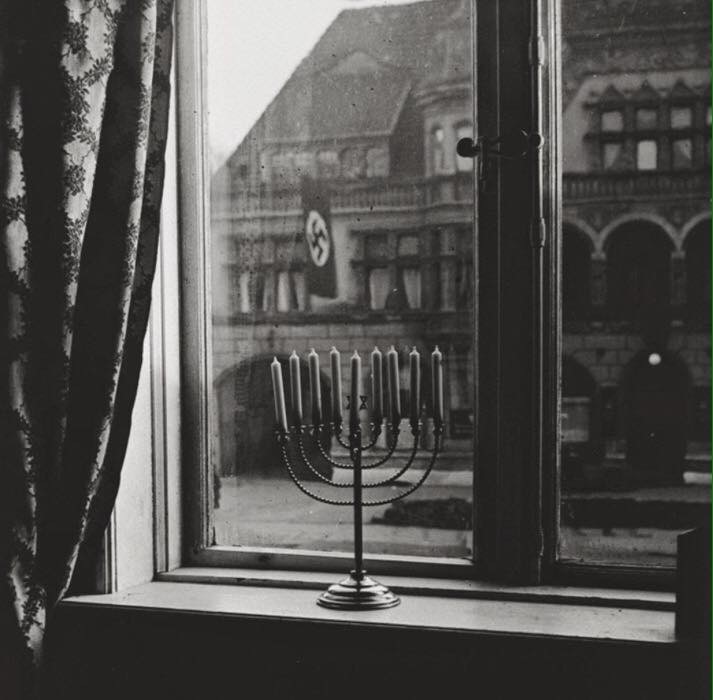At St Oswald’s Hospice, we aim to be an organisation of people who are led by our Values. As our slogan says, we believe in “quality time for everyone.”
As part of this, we have an Equality, Diversity and Inclusion (EDI) group. One of the aims of the group is to ensure St Oswald’s Hospice is a safe place where everyone feels welcome whoever they are, whether they are cared for by us, employed by us, volunteer for us or support us in any way.
As part of our EDI initiative, we are proud to be marking Hanukkah, which started on Sunday 18th December and continues until Monday 26th December.
We caught up with Deanna Van der Velde, Director of Newcastle Council of Faiths and Vice President of St Oswald’s Hospice, to talk all things Hanukkah.
Deanna is Chair of the local branch of the Council of Christians and Jews, the oldest interfaith organisation in the UK and is a member and outreach volunteer for her synagogue, the United Hebrew Congregation of Newcastle.
Deanna said:
“The eight-day Jewish festival Hanukkah (also known as Chanukah) is celebrated between November and mid-December each year.
“Hanukkah commemorates a historical event that took place in around 200 B.C.”
Deanna explained:
“King Antiochus IV Epiphanes, the ruler of the Syrian kingdom and a Greek Hellenistic King, invaded Israel and outlawed Jewish religion.
“Antiochus destroyed Solomon’s Temple by installing an altar to a Greek God – Zeus Olympia and allowed pigs to roam free. In Solomon’s Temple, Antiochus ordered his soldiers to destroy the candelabra, (a large branched candlestick), which was lit daily by The High Priests using pure oil from Jerusalem.
“Antiochus and his army then travelled to villages throughout Israel, where he tried to impose his lifestyle and beliefs on the Jewish people. One man who refused to obey his rules was a Jewish priest named Mattathias who shouted, “Whoever is for God – follow me.” This started the rebel army of the Maccabees – a group made up of farmers and tradesmen.
“Led by Mattathias and his sons, a rebellion broke out against King Antiochus and his army. When Mattathias died in 166 B.C, his son Judah Maccabee, took the helm and within three years the Maccabees had cleared the way back to Solomon’s Temple Mount, which they reclaimed. They cleaned the temple, dismantled the damaged altar and constructed a new one in its place, creating a new candelabra.
“Possibly the most well-known part of this story is what happened next. A jar of oil was found to light the candelabra but there was only enough to keep the candles burning for a single day. Judah Maccabee and the other Jewish people witnessed what they believed to be a miracle as the flames continued to flicker for eight nights, leaving them time to find a fresh supply.
“So, whilst Hanukkah is a festival of light, Hanukkah actually means rededicating the temple.”
Deanna went on to tell us about how Hanukkah is celebrated today:
“Many Jewish families, like mine, celebrate by lighting the nine-branched candelabra. One candle per night of Hanukkah is lit and we give children gifts – one for each night.
“We also enjoy certain foods such as potato latkes and doughnuts because they are cooked in oil, a symbol that is used to represent the pure oil found in Solomon’s Temple.”
Deanna talked about the Dreidel – a game played during Hanukkah:
“The dreidel is a four-sided spinning top with Hebrew letters on foot sides. It was used by the Jewish people to defy the Greeks during Antiochus’ regime, who spied on them and wouldn’t let them pray. The Jewish community span the dreidel and prayed silently.”
Thank you to Deanna for sharing the story of Hanukkah.
If you would like to find out more information about Hanukkah, please click here
For more information about our Equality, Diversity and Inclusion work at the Hospice, please click here

